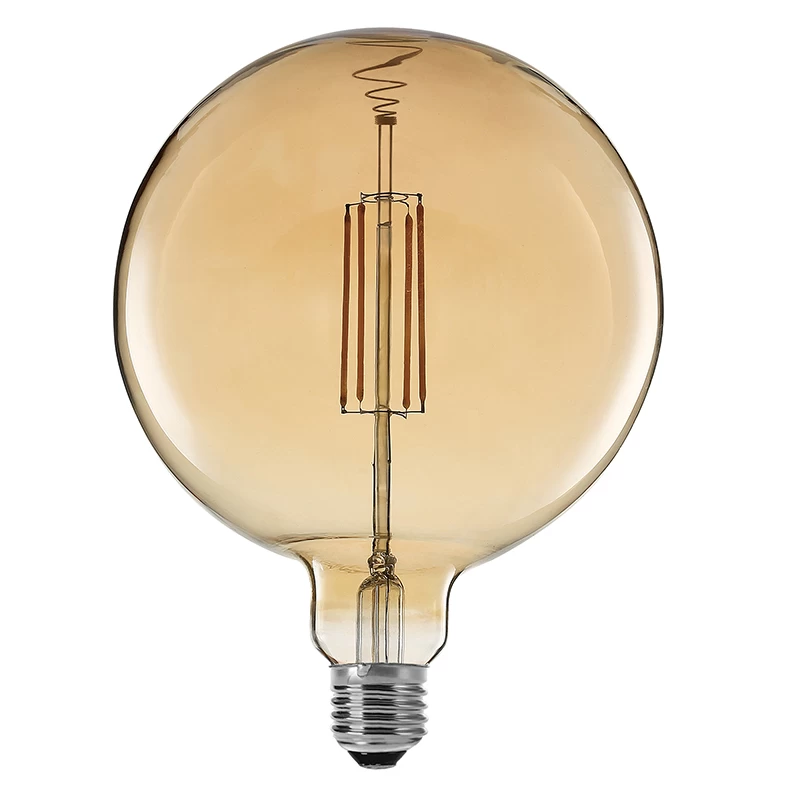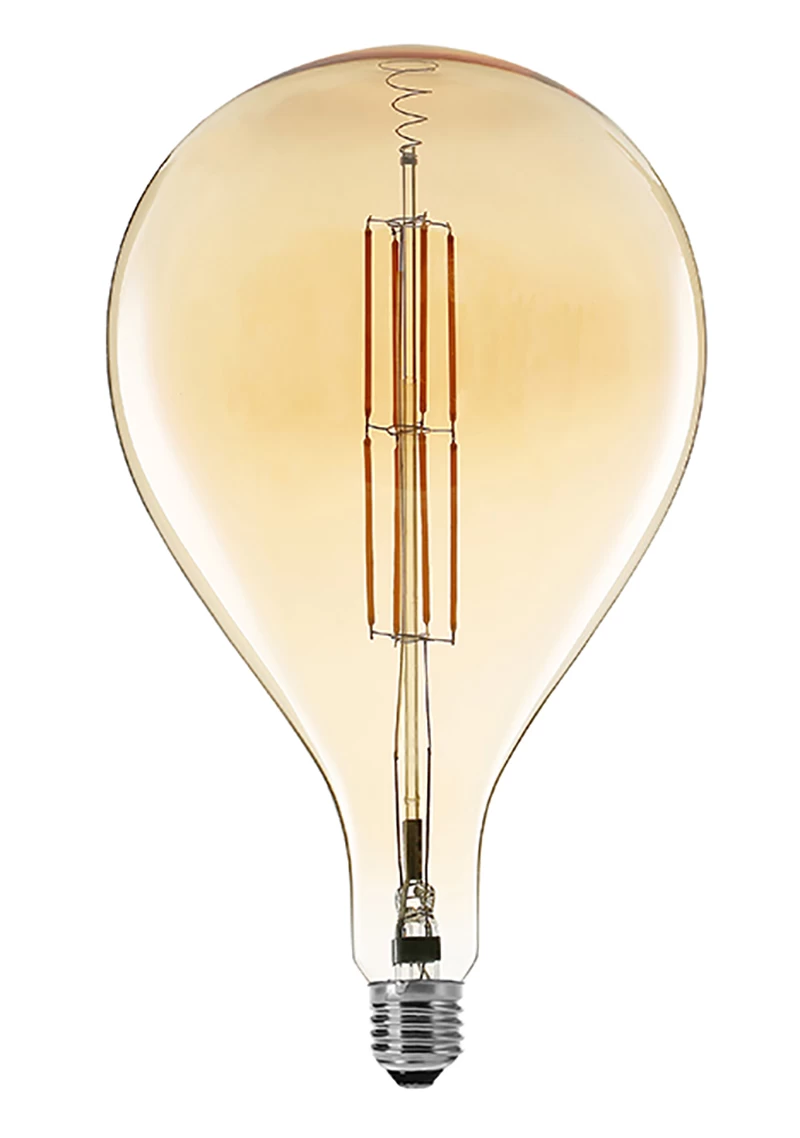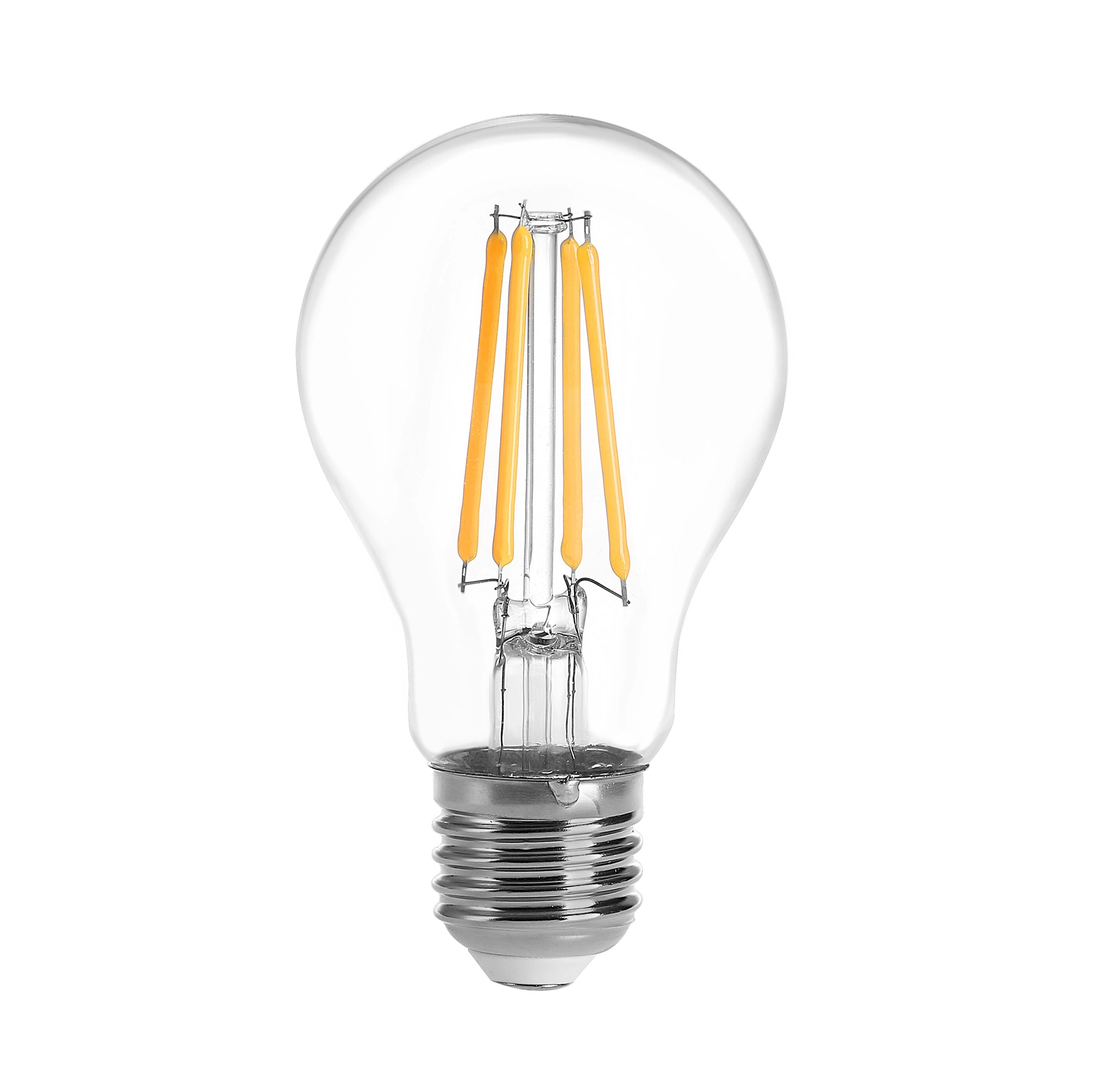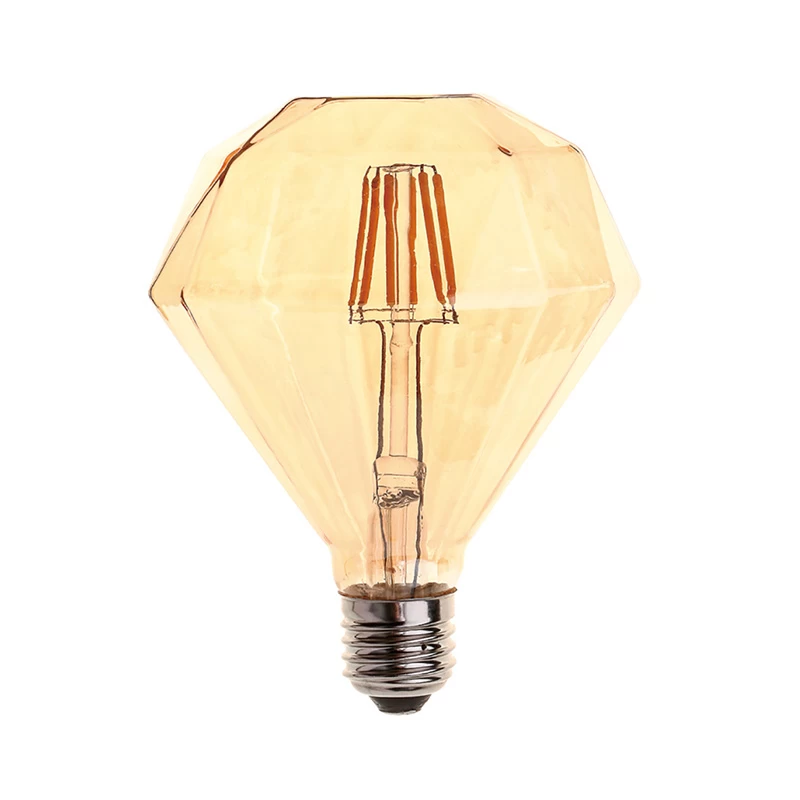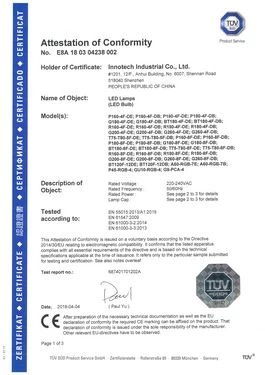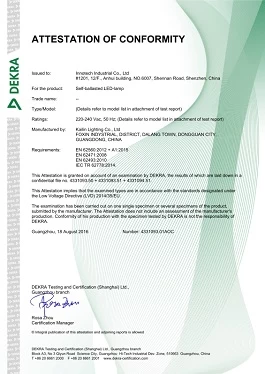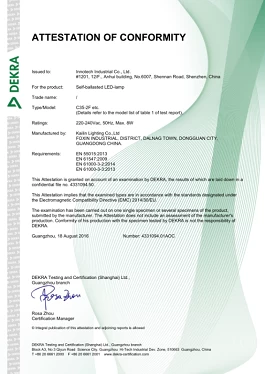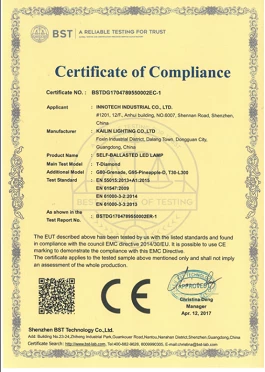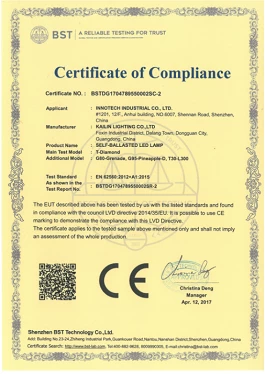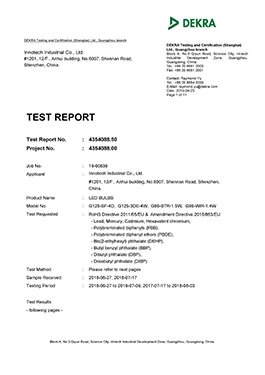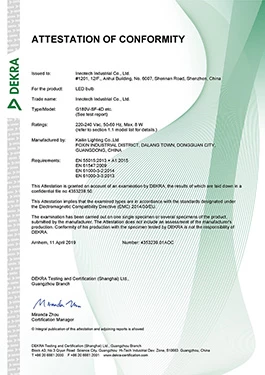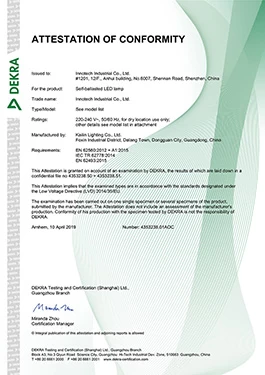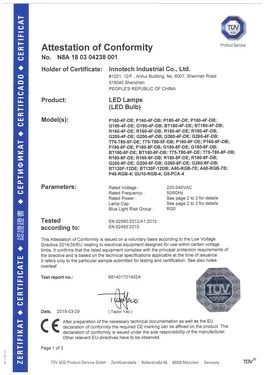Here are a few things to consider when choosing LED light bulbs...
Efficiency, Colour Temperature, Colour Rendering, Heat Output, lifetime, etc.
What is the key to LED luminaire technology? What do you think
Innotech
Innotech
2018-08-29 18:31:02
Optical performance (light distribution)
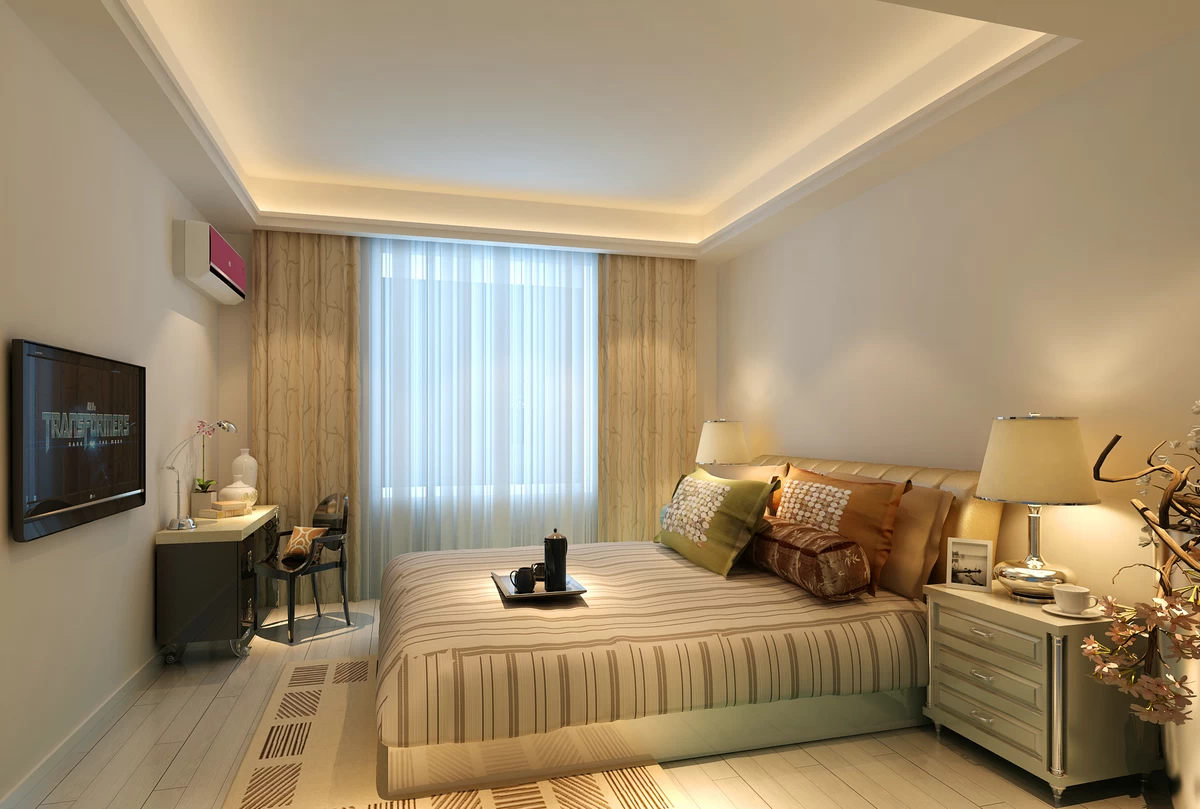
The optical performance of LED lamps is primarily related to performance requirements in terms of luminosity, spectroscopy and chromaticity.
According to the industry standard "Semiconductor LED Test Method", there are mainly illuminating peak wavelength, spectral radiance bandwidth, axial illuminance intensity angle, luminous flux, radiant flux, luminous efficiency, chromaticity coordinates, correlated color temperature, color purity and dominant wavelength, Color index and other parameters.
White light LEDs commonly used in LED lamps, color temperature, color rendering index and illuminance are particularly important. They are important indicators of lighting atmosphere and effect, while color purity and dominant wavelength are generally not required.
Thermal performance (structure)
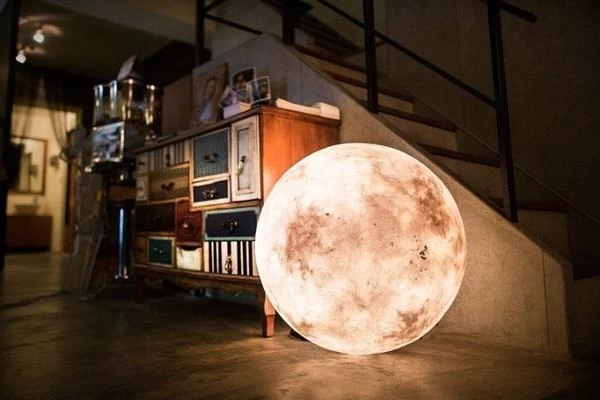
The LED luminous efficiency and power supply for lighting is one of the keys to the LED industry. At the same time, the PN junction temperature of the LED and the heat dissipation of the housing are particularly important. The greater the difference between the PN junction temperature and the lamp body temperature, the greater the thermal resistance, and the conversion of the light energy into thermal energy is consumed in vain, and the LED is damaged in severe cases.
A good structural engineer should not only consider the structure of the luminaire and the thermal resistance of the LED, but also consider whether the shape of the luminaire is reasonable, fashionable, novel, and of course reliability, maintainability and practicability, both standing by the designer. From the perspective of thinking, we must consider the product from the perspective of the user.
Electrical performance (electronic)

If a lighting fixture is likened to a girl, then the light is her connotation, the structure is her appearance, and the electron is her heart. It’s always the beauty and fashion of beautiful women who attract people’s attention. The same is true for products.
If a person has no heart, there is no life. If the lamp has no electrons, it will not be a power source. A good driving power source can also determine the life of a product.
Electronic standards and parameters are often much more complicated than structures, and early research and development efforts are also relatively large. The current technology trends and updates are changing with each passing day. Engineers have to spend a lot of energy to learn, absorb, disassemble and apply new technologies.
The pre-planning, mid-term implementation, and post-forming process of electronic design need to form documents and form data, which is the most cumbersome thing in design. For example: a pre-plan of a power supply design, product introduction, standard specification basis, safety specification basis, electrical performance expectation value, process requirements, raw material evaluation, test methods, etc. must form a system file.

 +
+




